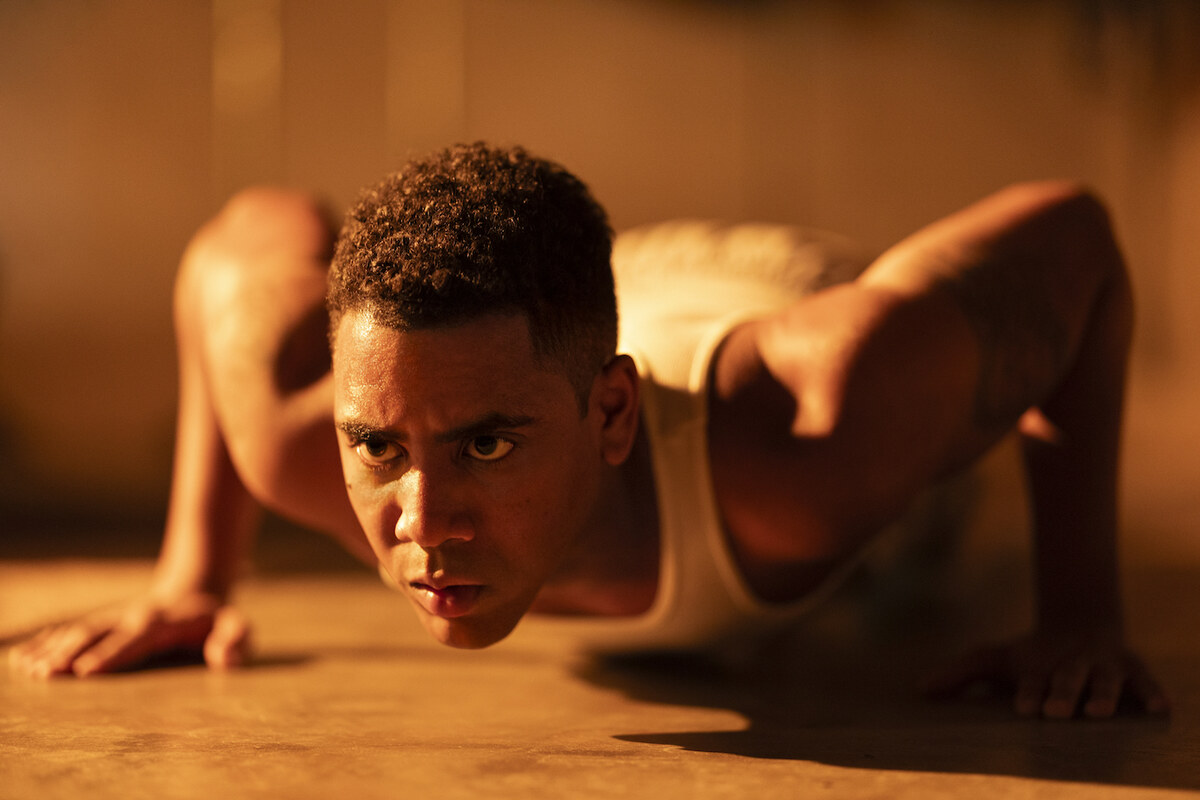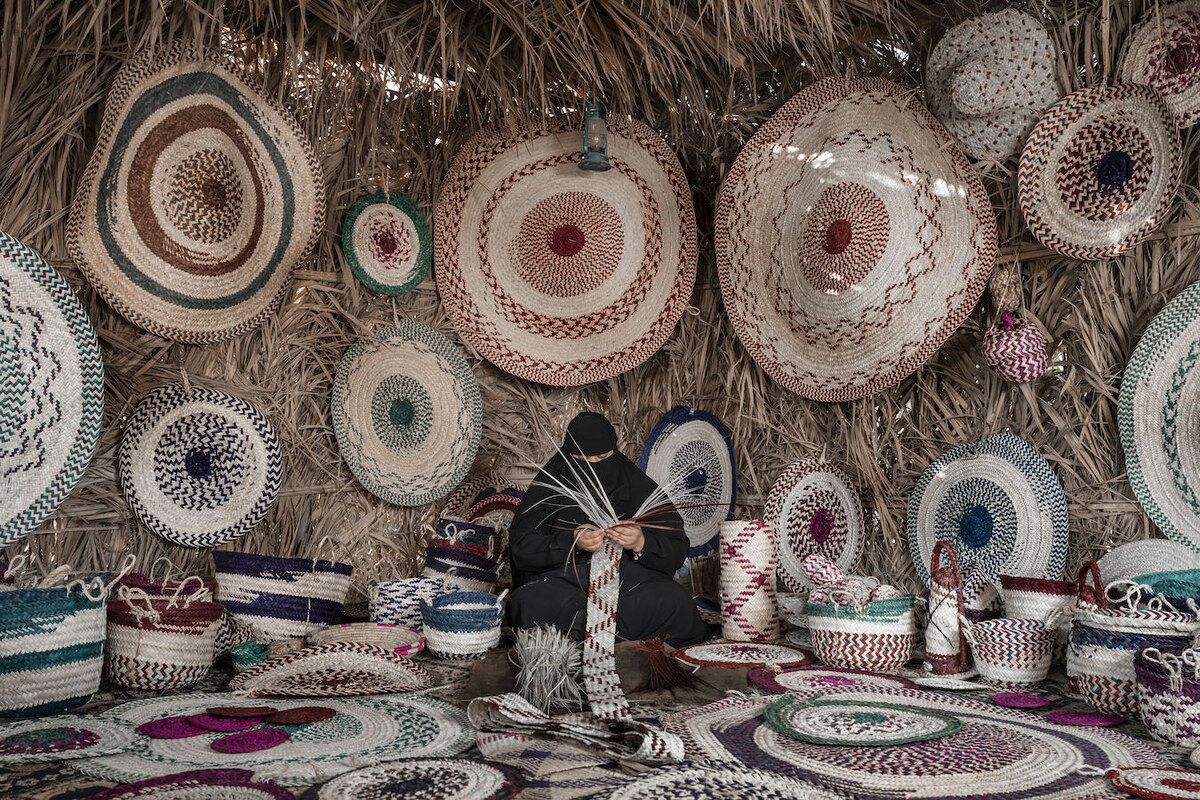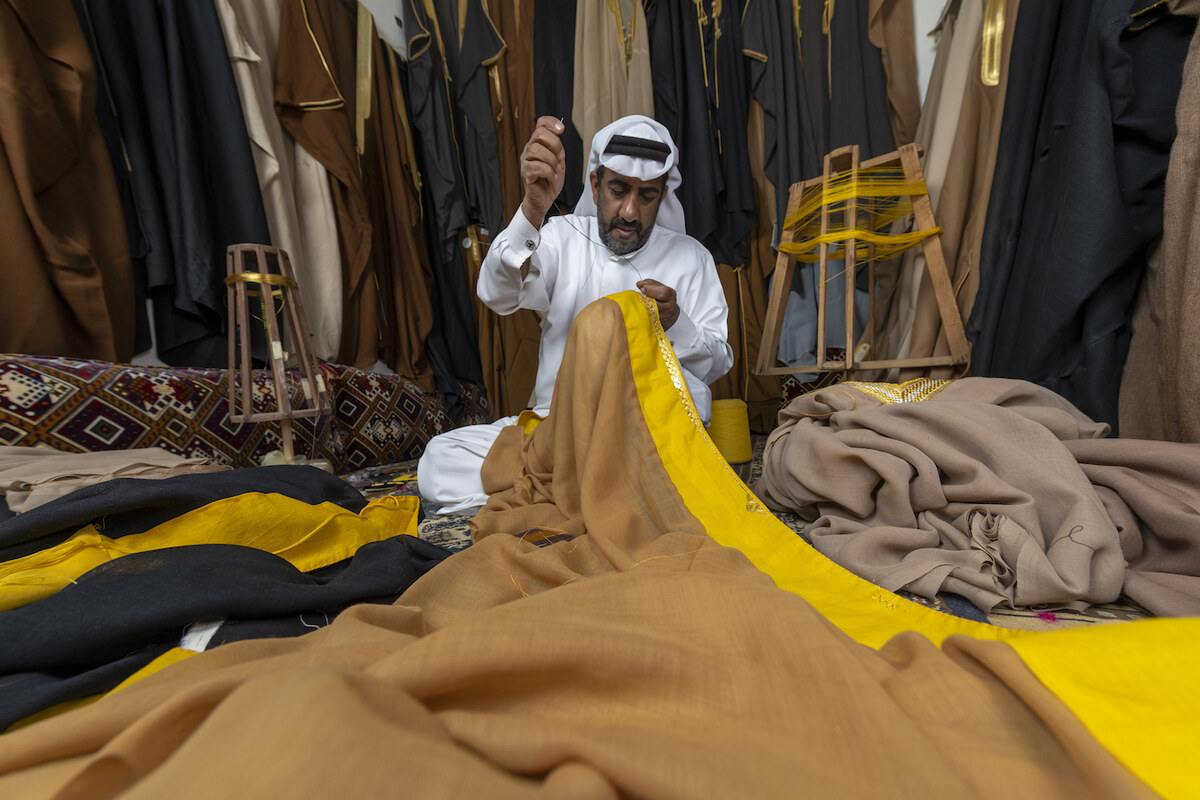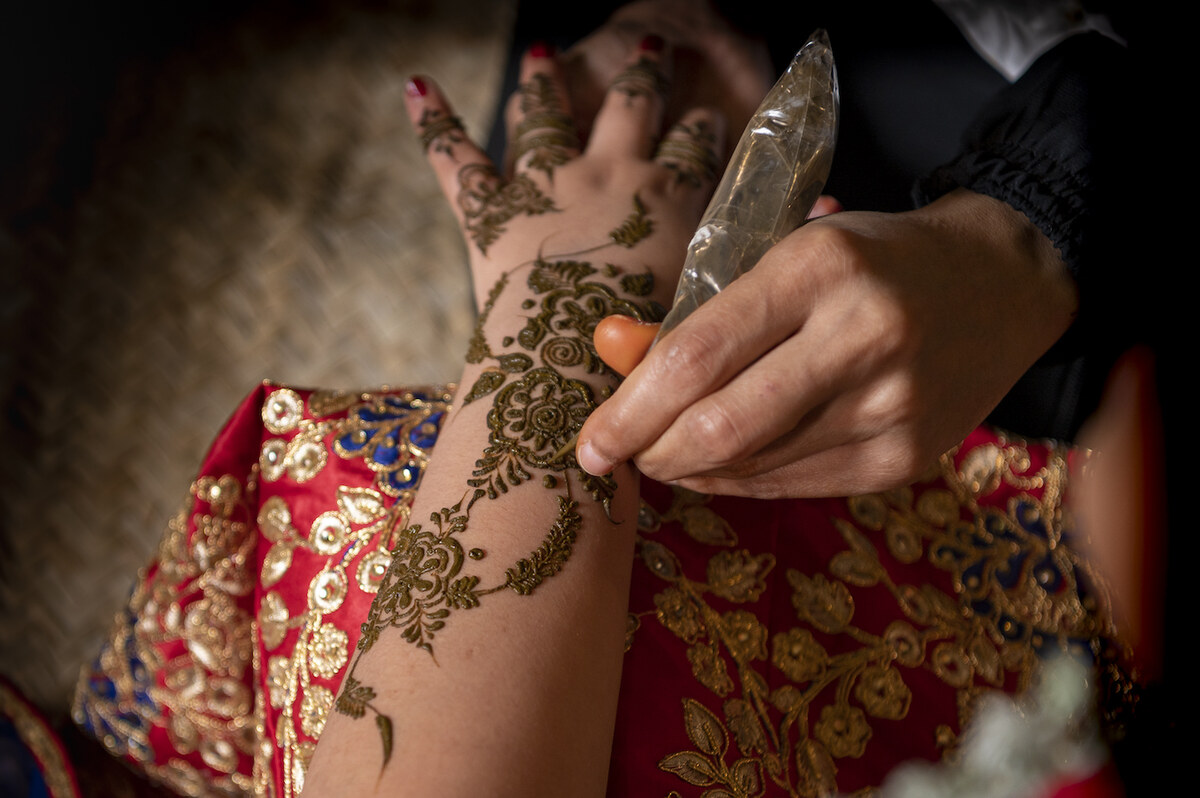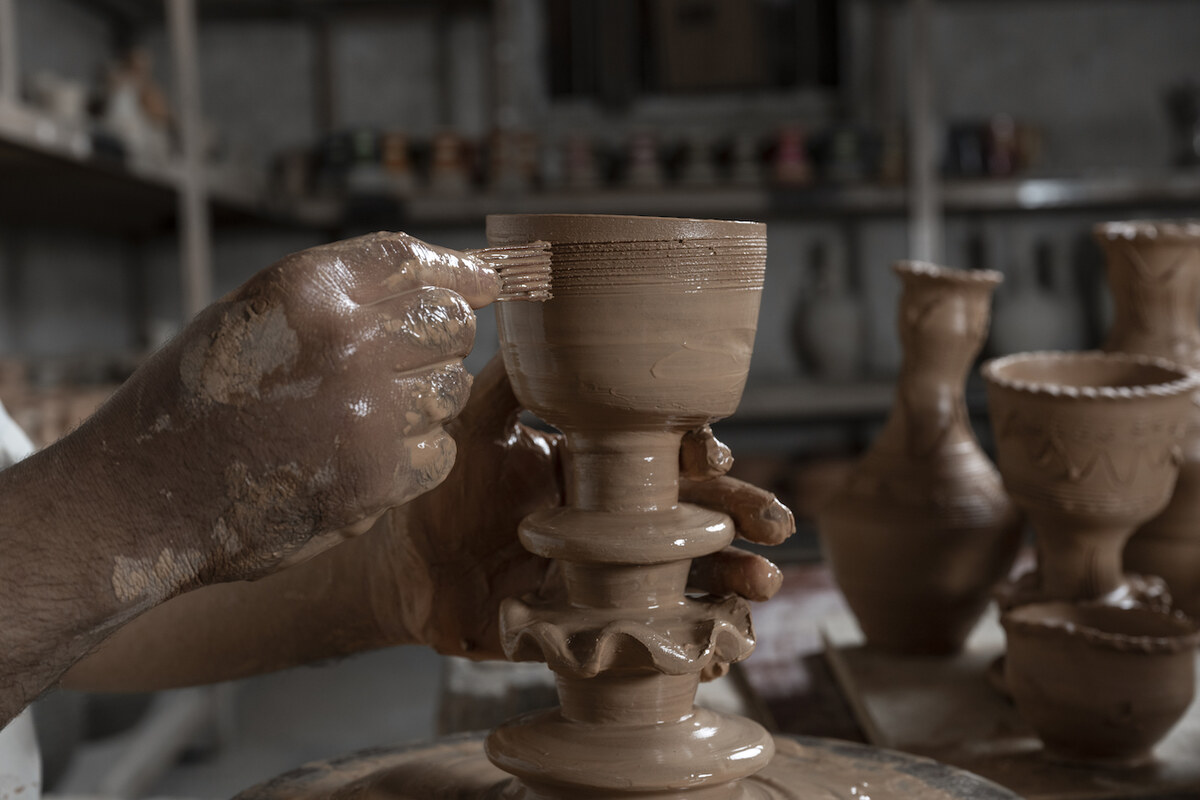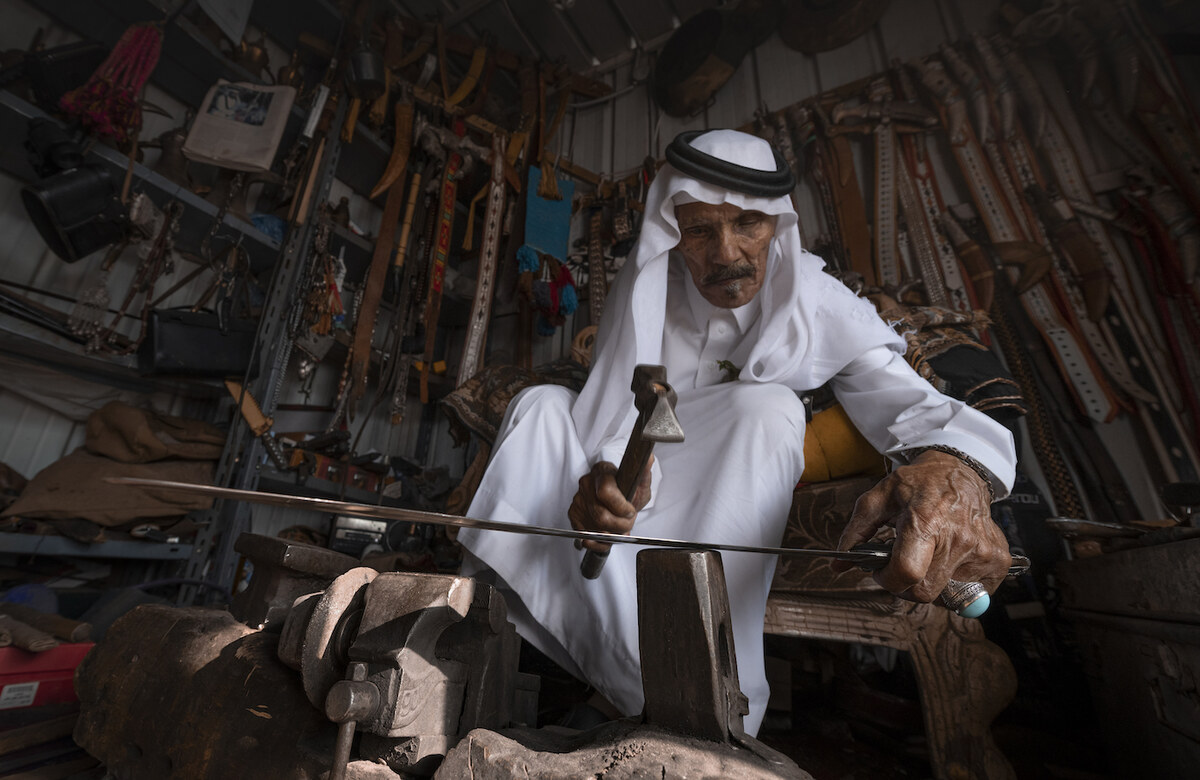RIYADH: The Harrods Hive Riyadh returned for its second edition on Saturday, this time hosted at the Diriyah Sales Center in Al-Diriyah. In partnership with the Saudi Youth Society, this edition focused on the evolution of luxury experiences and the engagement of audiences with culture and creativity.
The event featured afternoon tea and three insightful panels. The first panel, titled “Growing a Creative Community in the Spotlight,” discussed the importance of connection amid rapid evolution and growth in the Kingdom. The second panel, “Stories That Matter,” centered on owning one’s passion and pioneering change. The final panel, “Sparking Innovation Locally through Global Influencers,” explored the intersection of local and global creativity. Attendees had the opportunity to network with panelists and members of the Harrods senior leadership team.
The first panel included Saudi artist Lulwah Al-Homoud, bespoke tailor Yousef Tammar, chef Mona Mosly, and cultural advisor Yasmine Rasool. An artist known for blending traditional Islamic art with modern abstraction — Al-Homoud emphasized the significance of connection in art.
“Art is a bridge that connects us all … when someone resonates with my work, it feels like a validation of my journey.”
Tammar, an emerging Saudi tailor studying in Rome, described his transformative journey as “like a fairy tale.” He reflected on the cultural shifts he experienced and expressed a desire to integrate his skills into Saudi culture, focusing on elevating the quality of traditional clothing. “I want to bring a new perspective to traditional designs,” he shared. “It’s about honoring our heritage while embracing innovation.”
Mosly shared her culinary inspirations rooted in her family's love for food, noting that “behind every chef is their mother.” She highlighted the importance of family in nurturing culinary passion, adding, “Food is not just about sustenance; it’s about connection and love. When I cook, I’m sharing a piece of my heart.” She also spoke on the challenges of her career, stating, “Every chef faces moments of doubt, but those are the moments that shape us. It’s crucial to remember why we began this journey.”
For her part, Rasool discussed the myriad opportunities available in Saudi Arabia for creatives. She expressed excitement about the potential for collaboration among diverse talents, stating, “This is the best time to be in Saudi … we're on the brink of a cultural renaissance, with so many voices ready to be heard. Together, we can create something truly magical.”
This year's theme of the networking hub aiming to connect industry experts with emerging talent was “The Connector,” The theme serves as a powerful reminder of the importance of nurturing meaningful bonds, both locally and globally — as Al-Humoud concluded, “In a world that often feels divided, art and creativity are what unite us.”







